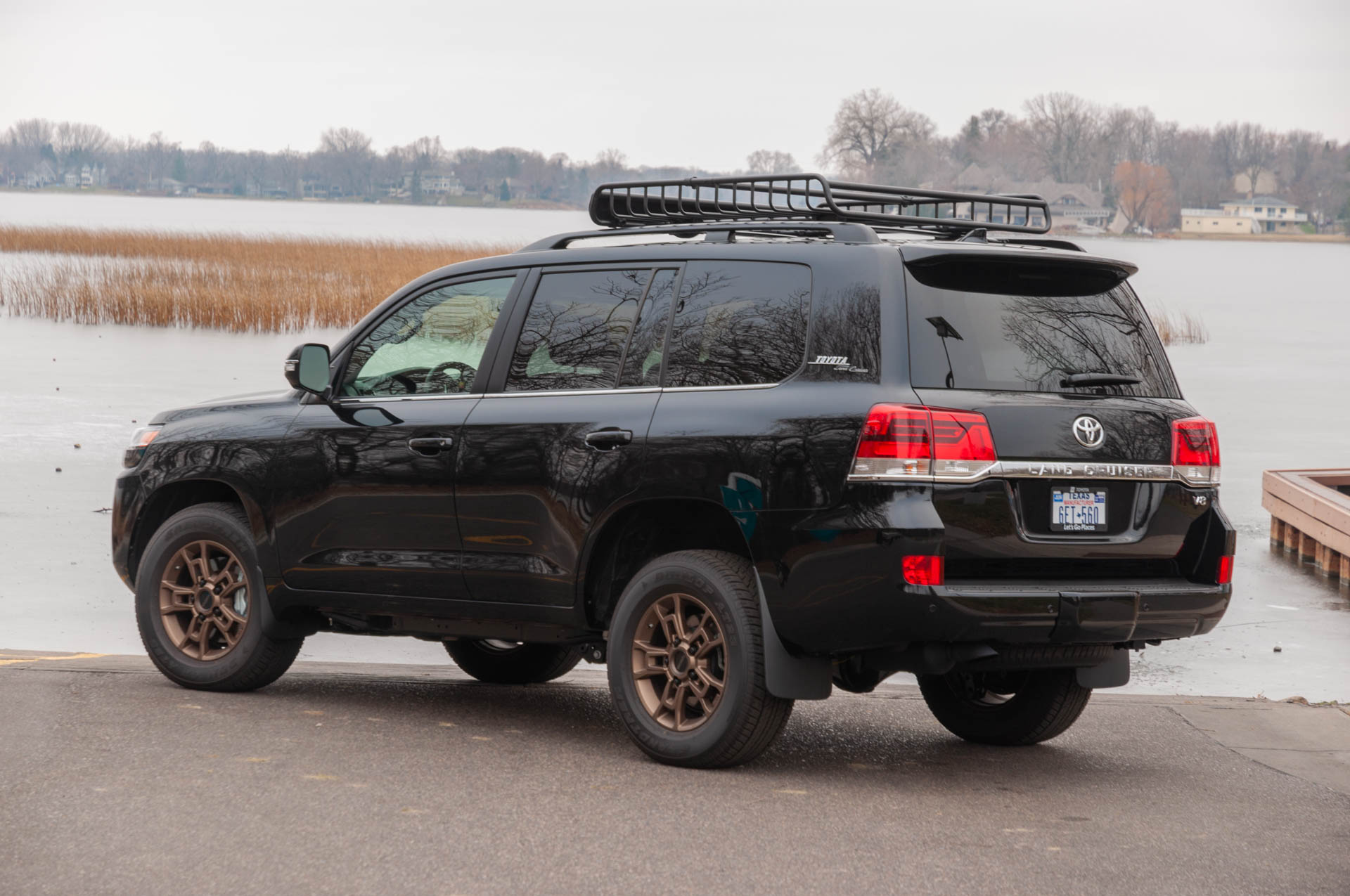Mercedes-Benz was spotted testing a redesigned GLC-Class. The popular SUV looks to be growing in size for its next generation, and new proportions should also result in a sleeker, sportier look compared to the current model.
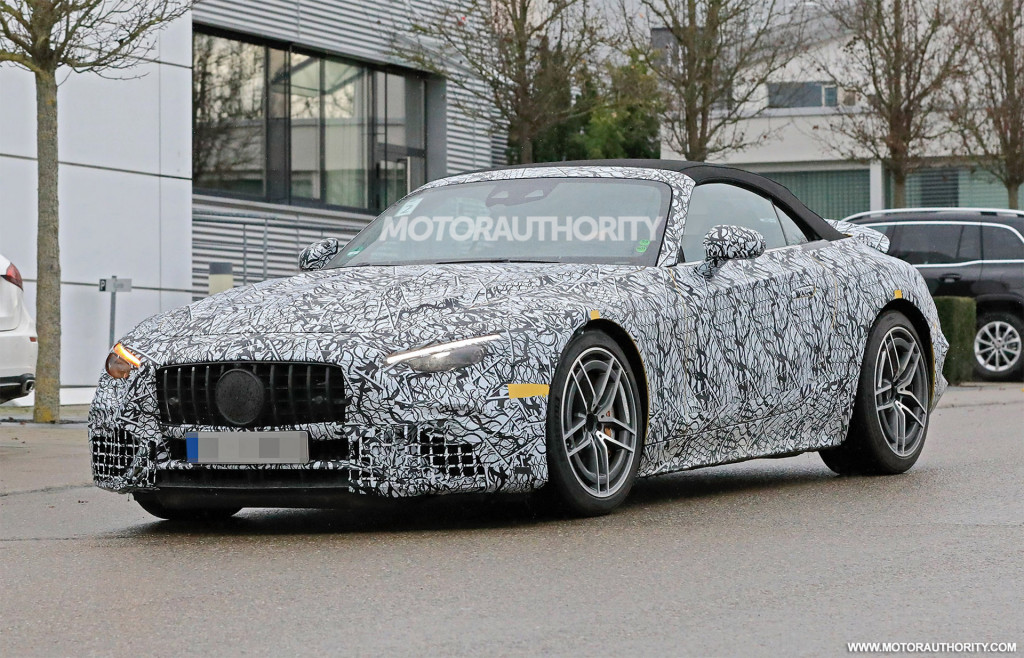
2022 Mercedes-Benz AMG SL63 Roadster spy shots – Photo credit: S. Baldauf / SB-Medien
Mercedes was also spotted testing a redesigned SL-Class. The new SL-Class will be sportier than its predecessor thanks to a lightweight soft-top roof and a chassis developed by the Mercedes-Benz AMG performance skunkworks.
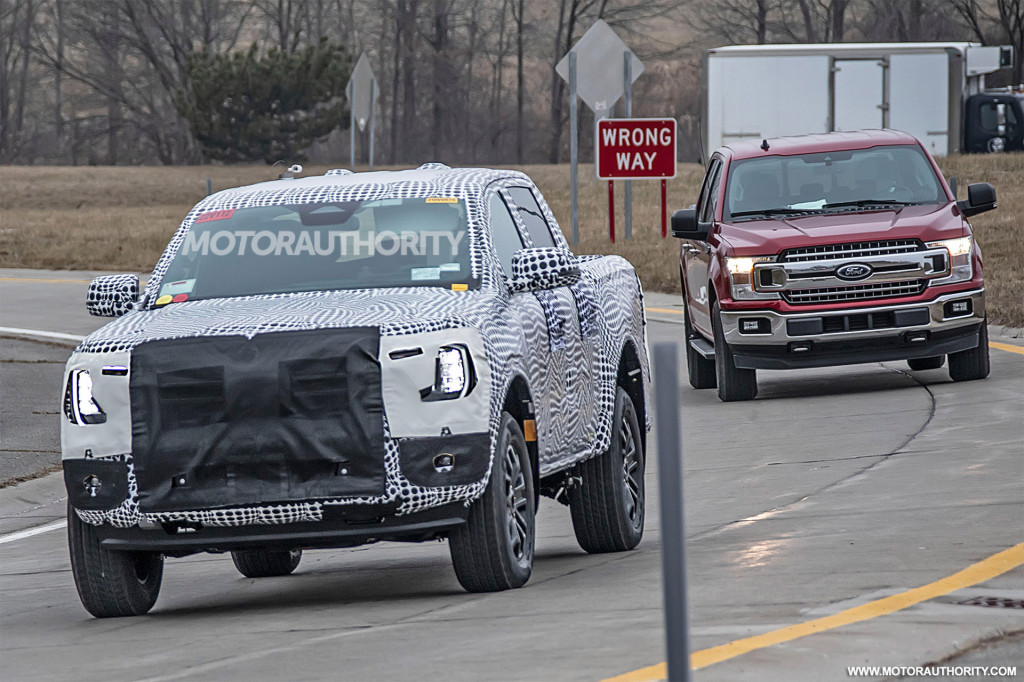
2022 Ford Ranger spy shots – Photo credit: S. Baldauf/SB-Medien
Another vehicle out testing this week was a redesigned Ford Ranger. The new mid-size pickup truck is coming up shortly, and this time the U.S. is expected to receive a high-performance Raptor variant.

2022 Hyundai Kona N prototype
For performance fans on a budget, Hyundai is cooking up a Kona N. It’s coming with a 2.0-liter turbo-4 and 8-speed dual-clutch transmission and is expected to debut later this year, although its availability in the U.S. has not yet been confirmed.
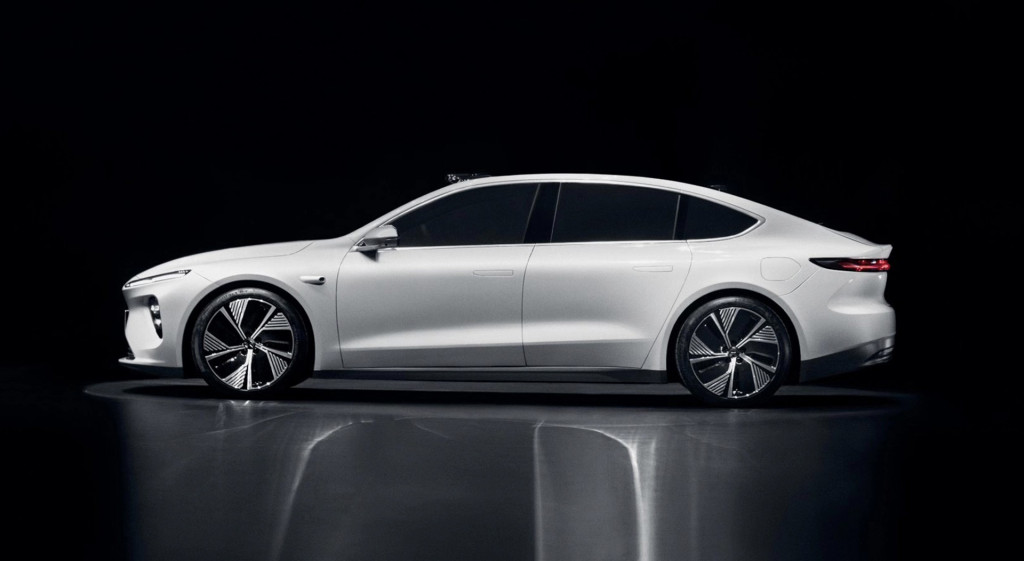
2022 Nio ET7
Nio expanded its lineup with the ET7. It is the first sedan from the electric-vehicle startup, and it’s due to hit the Chinese market next year with battery options ranging up to 150 kilowatt-hours in size.
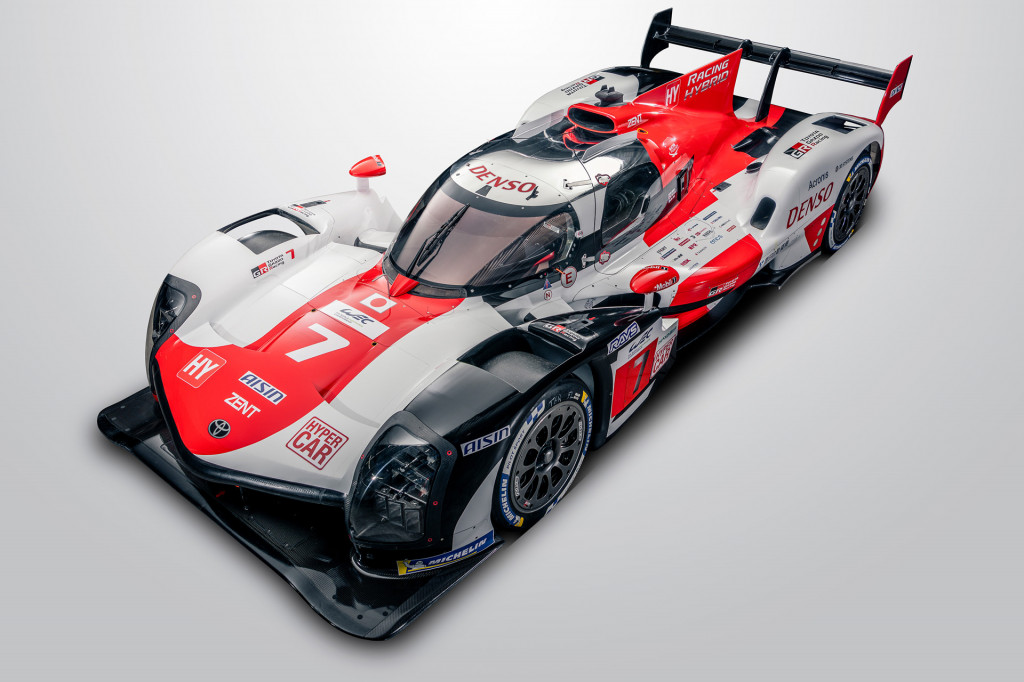
2021 Toyota GR010 Hybrid Le Mans Hypercar race car
Toyota this week unveiled its new GR010 Hybrid race car designed for the Le Mans Hypercar class of the World Endurance Championship. The automaker will also have a version with even more power designed for the road, a prototype for which has also been revealed.
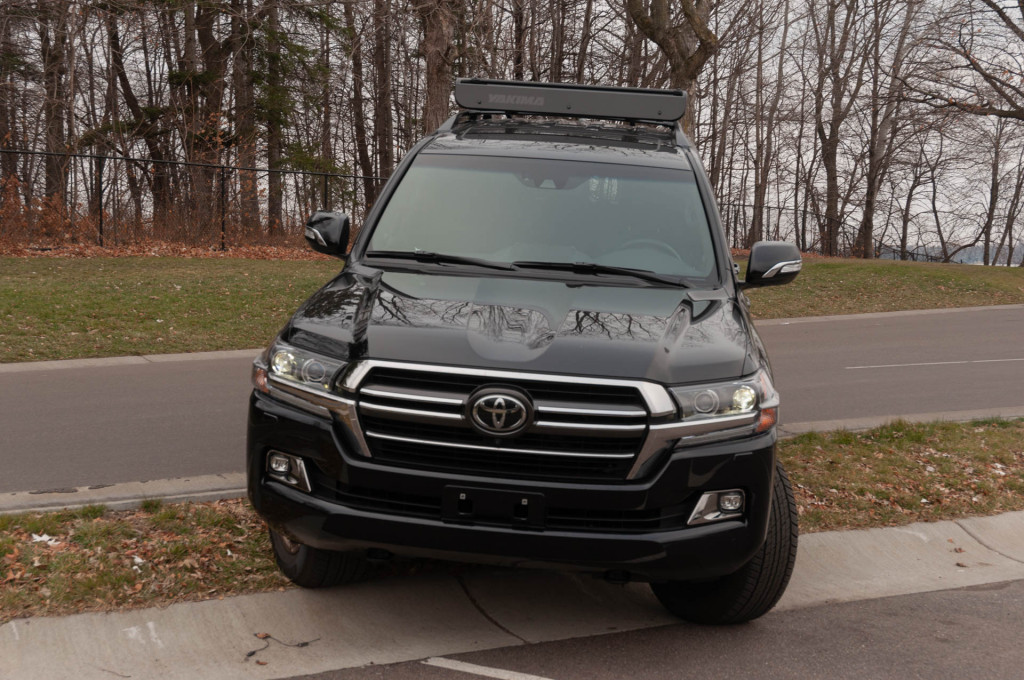
2021 Toyota Land Cruiser Heritage Edition
We also spent a week with the 2021 Toyota Land Cruiser to remind ourselves why it’s the ultimate SUV for a select few and the wrong tool for the job for most consumers. Sadly, the 2021 model year is the last for the Land Cruiser in the U.S.
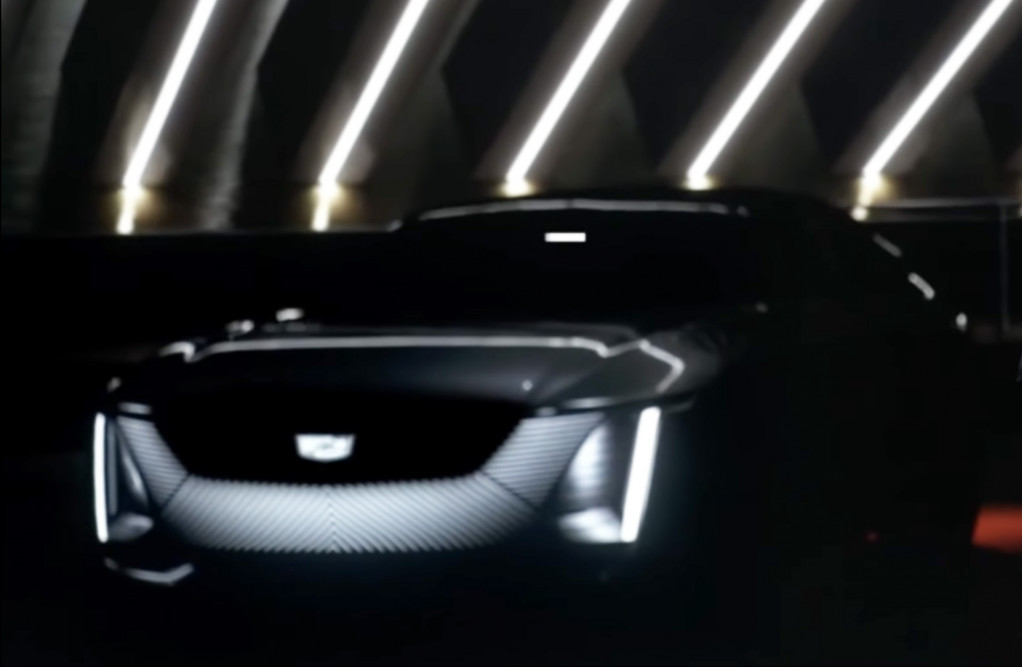
Cadillac Celestiq teased during General Motors’ 2021 CES presentation
And finally, Cadillac this week provided the first glimpses of its new flagship sedan, the Celestiq. The battery-electric cruiser is the true Cadillac flagship we’ve all been waiting for, though it will probably end up priced like an ultra-luxury model since Cadillac plans to hand build it in very low volumes.

